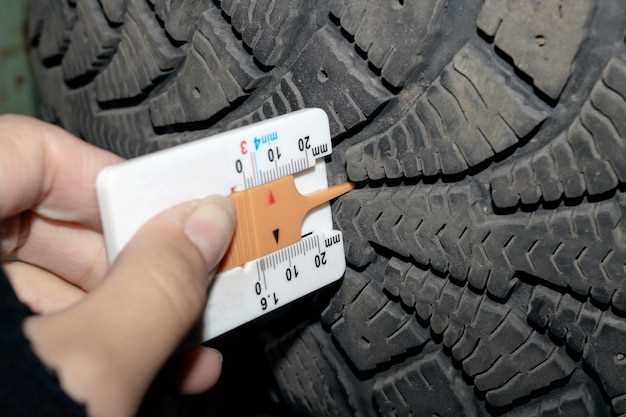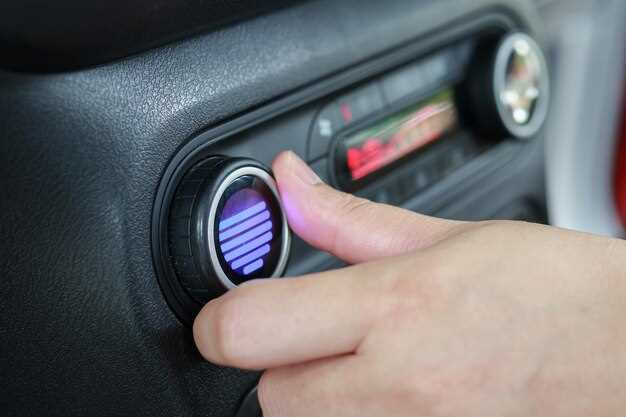Jeep ECU tuning explained for beginners


When it comes to optimizing your Jeep’s performance, understanding the role of the engine control unit (ECU) is crucial. The ECU acts as the brain of your vehicle, controlling various functions and parameters that directly influence power, efficiency, and overall driving experience. For Jeep enthusiasts looking to enhance their vehicles, ECU tuning presents an opportunity to remap these control parameters, unlocking hidden potential under the hood.
ECU tuning involves modifying the software within the engine control unit to improve performance metrics such as horsepower, torque, and fuel efficiency. By remapping the ECU, you can tailor the engine’s response to different driving conditions and personal preferences. This process often includes adjustments to fuel maps, ignition timing, and boost levels in turbocharged models, leading to a more dynamic driving experience.
For beginners, navigating the world of jeep ECU tuning may seem daunting, but with the right guidance, it can be a highly rewarding endeavor. Understanding the basics of how the ECU works and the benefits of remapping will empower you to make informed decisions. This guide aims to break down the complexities of ECU tuning, providing you with the essential knowledge to enhance your Jeep’s performance effectively.
Understanding the Basics of ECU Remapping for Jeep
ECU remapping is a process that involves modifying the software of a vehicle’s Engine Control Unit (ECU) to enhance its performance parameters. For Jeep owners, understanding this concept is crucial when seeking to optimize engine efficiency, power delivery, and overall driving experience. The process fundamentally alters how the ECU controls various engine functions such as fuel injection, ignition timing, and turbocharger pressure, leading to significant improvements in performance.
When a Jeep’s ECU is remapped, the factory settings are replaced with custom parameters tailored to the specific needs of the vehicle and the driver. This remapping process can help in maximizing horsepower and torque while improving fuel economy under certain conditions. The improvements are achieved by fine-tuning the control systems that dictate engine behavior and performance under different driving scenarios.
One of the key benefits of ECU remapping is its ability to optimize the air-fuel mixture, ensuring that the engine operates more efficiently. By adjusting the control settings, a remap can enhance throttle response and enable the engine to produce power more smoothly. This results in a more enjoyable driving experience, especially for off-road enthusiasts looking to extract the best performance from their Jeep.
Moreover, ECU remapping can cater to specific aftermarket modifications. If a Jeep has upgraded components such as an enhanced exhaust system or an aftermarket air intake, remapping the ECU ensures that these modifications work harmoniously. The control of engine parameters can be adjusted to accommodate these changes, thus unlocking the full potential of the vehicle.
In conclusion, understanding ECU remapping enables Jeep owners to make informed decisions about enhancing their vehicles’ performance. By mastering how to control engine functions through remapping, drivers can significantly improve their Jeeps’ capabilities on and off the road.
Step-by-Step Process for Safe Jeep Engine Control Modifications

Modifying the engine control unit (ECU) of your Jeep can enhance performance, fuel efficiency, and overall driving experience. Following a systematic approach ensures safety and effectiveness in your modifications.
Step 1: Research and Understand Your Jeep’s ECU
Before making any changes, familiarize yourself with the specific ECU model in your Jeep. Research its capabilities and limitations, as well as common modifications that suit your engine type.
Step 2: Gather Necessary Tools and Equipment
Collect all tools required for the modification process. This includes an OBD-II scanner, a laptop with tuning software, and necessary hardware like connectors and cables. Ensure your equipment is compatible with your Jeep’s ECU.
Step 3: Backup Original ECU Settings
Always start by backing up the factory settings of your ECU. This step protects you against potential issues that may arise from tuning. Use the OBD-II scanner to create a complete copy of your original settings for future reference.
Step 4: Choose a Tuning Software
Select reliable ECU tuning software designed for your Jeep model. Popular choices include HP Tuners and DiabloSport. Install the software on your laptop and familiarize yourself with its interface.
Step 5: Connect to the ECU
Connect your laptop to the Jeep’s OBD-II port using the appropriate connector. Follow the instructions provided by your tuning software to establish a connection with the ECU.
Step 6: Modify Engine Control Parameters
Carefully adjust specific parameters such as fuel maps, ignition timing, and air-fuel ratios. Make incremental changes and avoid drastic modifications initially, as subtle adjustments often yield optimal results.
Step 7: Data Logging and Testing
After making modifications, perform data logging using your tuning software. Monitor engine performance metrics such as RPM, throttle position, and engine temperature. Conduct road tests to assess how the modifications influence performance.
Step 8: Fine-tuning
Based on the data collected, refine your engine control settings further. If necessary, consult with experienced tuners or communities for advice on optimizing your specific setup.
Step 9: Monitor Performance Continuously
Keep an eye on performance and engine health post-modification. Regularly check for any warning lights or unusual sounds. Be prepared to revert to the original settings if significant issues arise.
Step 10: Regular Maintenance
Incorporate regular maintenance into your routine to ensure the longevity of your modified engine. Check for updates on tuning software and stay informed about best practices for maintaining a tuned engine.
Common Mistakes to Avoid When Tuning Your Jeep’s ECU

When tuning your Jeep’s ECU, avoiding common pitfalls can significantly enhance performance and reliability. One major mistake is neglecting to back up the original ECU settings before making any changes. This allows you to restore the factory control settings if something goes wrong during the tuning process.
Another frequent oversight is failing to understand the interaction between engine parameters. Adjusting one setting without considering its relationship to others can lead to suboptimal performance or even engine damage. It’s crucial to have a comprehensive understanding of how adjustments affect fuel injection, timing, and air intake.
Moreover, using generic tuning maps is ill-advised. Every Jeep model and engine may require unique adjustments for ideal performance. Relying on a “one-size-fits-all” approach can compromise engine efficiency and power delivery.
Many enthusiasts also underestimate the importance of proper data logging during tuning. Neglecting to monitor key metrics such as air-fuel ratio, boost levels, and engine temperatures can result in significant issues going unnoticed. Continuous monitoring helps ensure that the changes made do not adversely affect engine health.
Lastly, over-tuning is a common mistake. Some owners aim for maximum power without considering the trade-offs in drivability and reliability. Striking a balance between performance and everyday usability is essential for a successful tuning experience.
